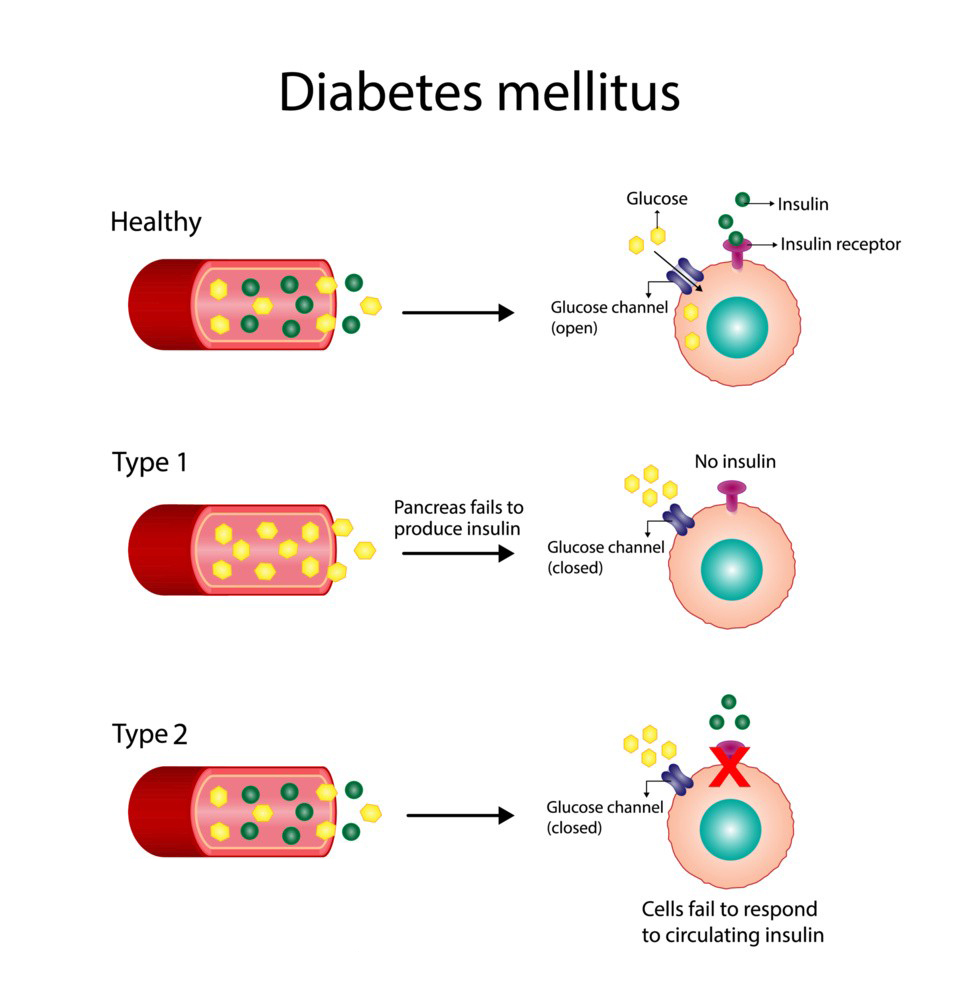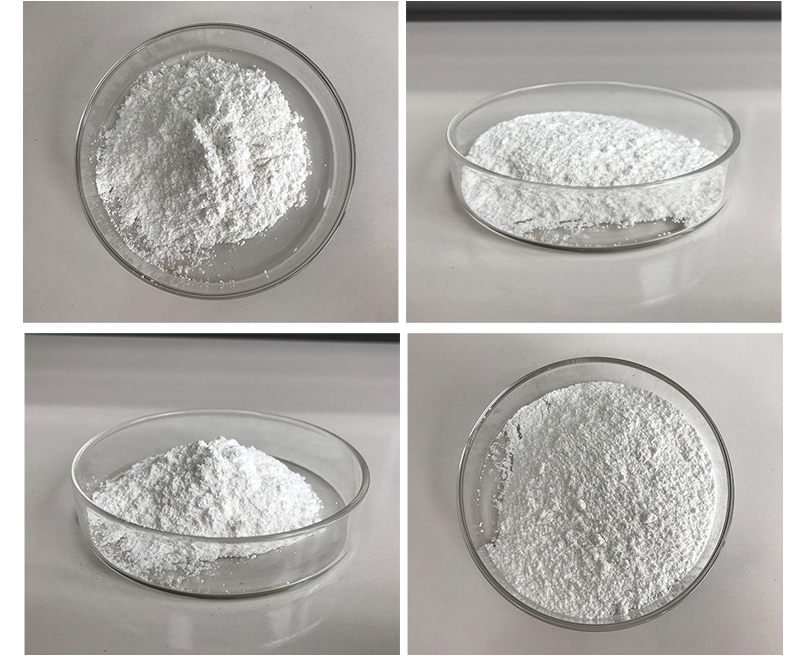Adenosine Triphosphate (ATP) is a crucial molecule in cellular biology, often referred to as the “energy currency” of the cell. It stores and supplies the energy needed for many biochemical processes.
Structure of Adenosine Triphosphate
Adenosine Triphosphate is composed of three main parts:
- Adenine – A nitrogenous base.
2. Ribose – A five-carbon sugar.
3. Three phosphate groups – Attached in a chain to the ribose sugar.

Energy Storage and Release
The energy stored in Adenosine Triphosphate is contained in the high-energy bonds between the phosphate groups, particularly the bond between the second and third phosphate (often referred to as the gamma phosphate). When ATP is hydrolyzed (i.e., when water breaks this bond), it releases a substantial amount of energy, converting ATP into Adenosine Diphosphate (ADP) and an inorganic phosphate (Pi). Sometimes, ATP can also be hydrolyzed into Adenosine Monophosphate (AMP) and pyrophosphate (PPi).
ATP → ADP + Pi + Energy
This energy release is used to power cellular activities such as:
- Muscle contraction
- Active transport across cell membranes
- Synthesis of macromolecules (e.g., proteins, nucleic acids)
- Cell signaling
Adenosine Triphosphate Production
Cells regenerate ATP from ADP through cellular processes such as:
- Cellular respiration (in mitochondria)
- Photosynthesis (in plants)
- Fermentation (in anaerobic conditions)

Role of Adenosine Triphosphate in Metabolism
Adenosine Triphosphate plays a central role in metabolism by transferring energy between different biochemical reactions. It acts as a bridge, capturing chemical energy derived from the breakdown of nutrients and supplying it to energy-consuming processes in the cell.
